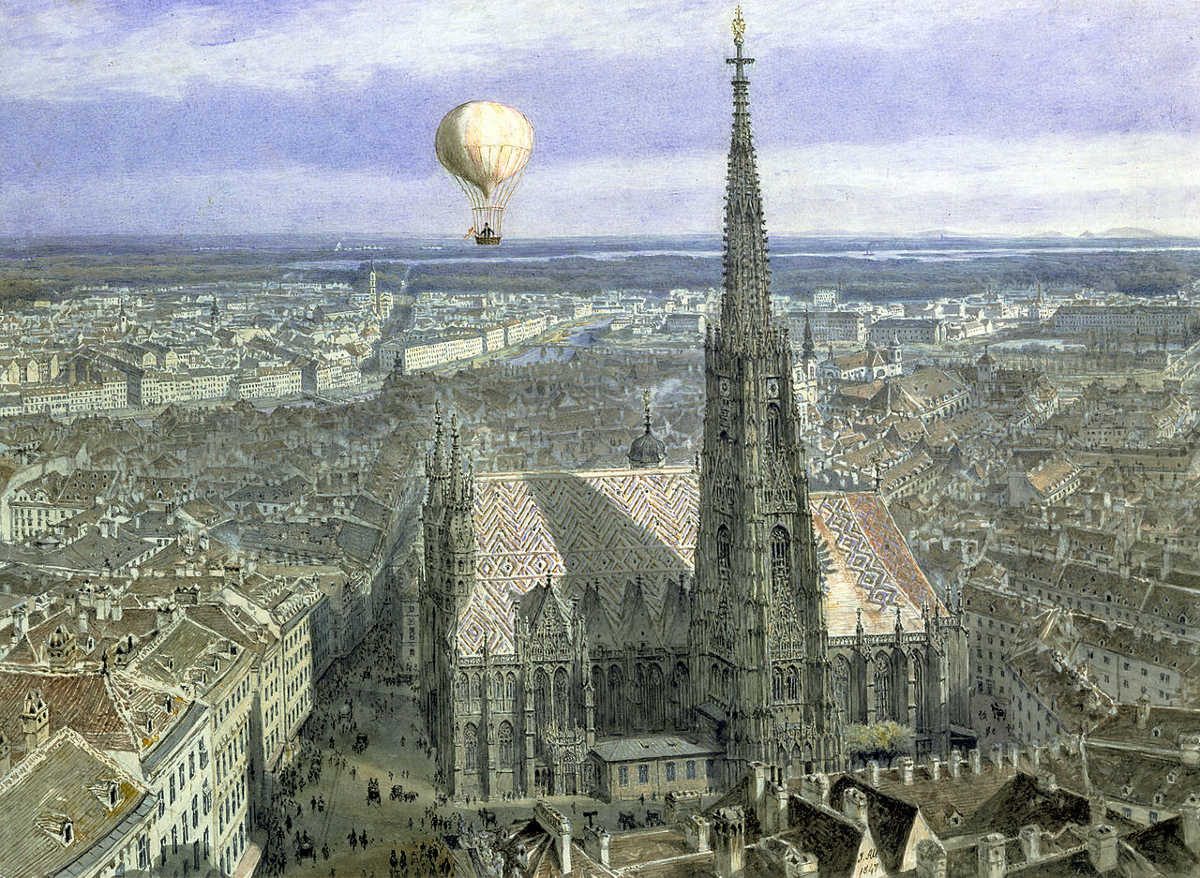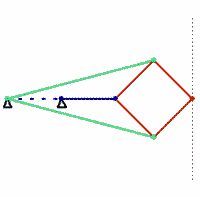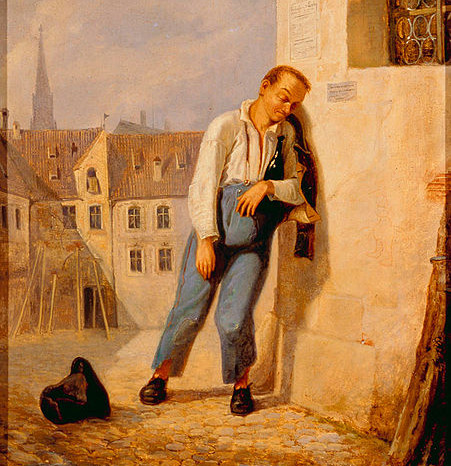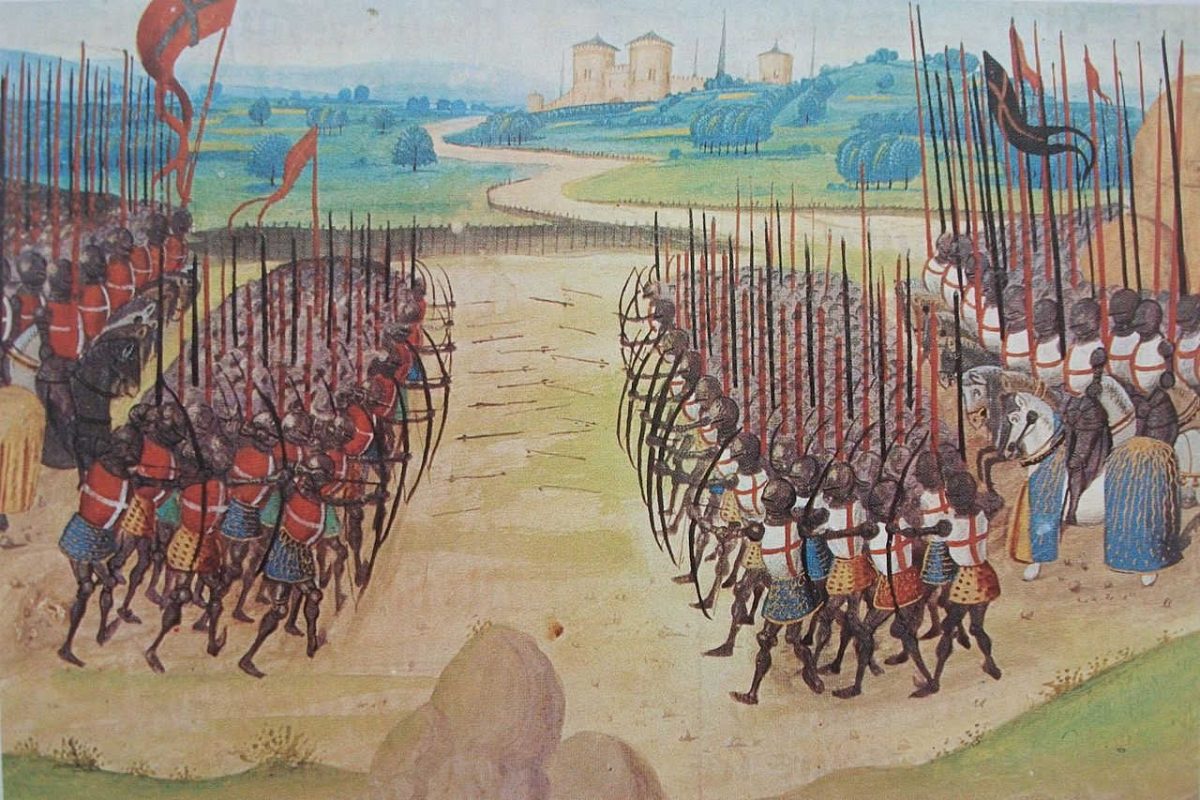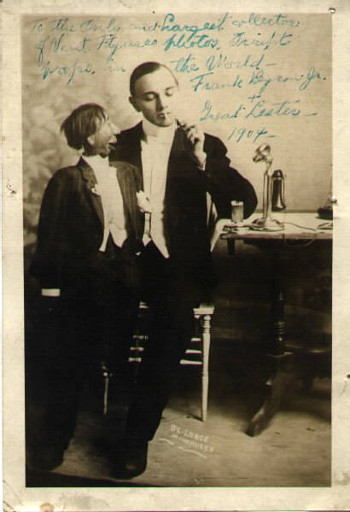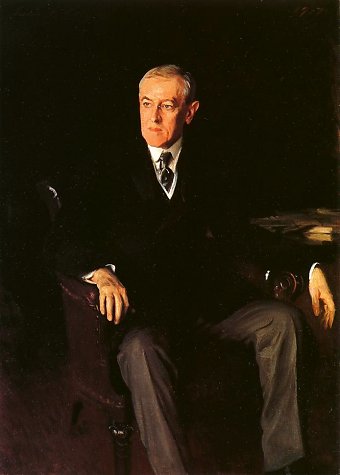When blues singer Sally Osman filed for divorce from ventriloquist Herbert Dexter in 1934, she named his dummy, Charlie, as a co-respondent.
When she and Dexter had married two years earlier, she agreed that Dexter could take the puppet along on their honeymoon, as he had often complimented her through Charlie’s voice. But when they developed a new stage act, the dummy began to interrupt her songs with cruel ad libs and rob her of applause by making rude wisecracks. She asked Dexter to change the act so that she could sing without interruption, but he refused.
In I Can See Your Lips Moving, Valentine Vox writes, “She also accused the duo of physical cruelty, telling the court how she constantly received on-stage blows from the mechanical figure, which left her with severe bruises. One night in particular, Charlie had hit her so hard between the shoulder blades that he knocked the wind out of her.”
Osman further testified that Dexter would take the dummy everywhere they went and spent more time talking to it than to her. “I got to hate Charlie so deeply that homicidal thoughts began to haunt my mind,” she said. “Sometimes when I had Charlie alone and helpless, I fear that I would have thrown him out of the window, had I been able to unlock the coffin-like trunk in which he was kept.”
Dexter never contested the case, and Osman got her divorce. When the judge asked why she hadn’t requested alimony, she said, “I wouldn’t be able to collect it anyway; he spends all his money on Charlie.”

